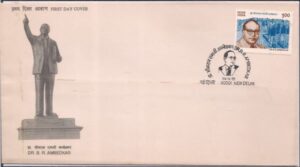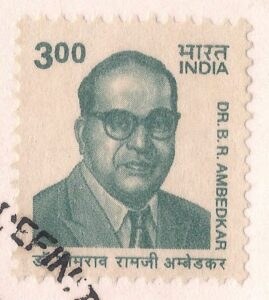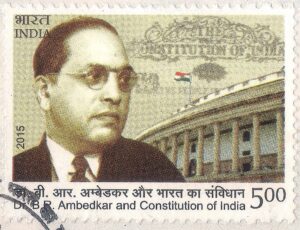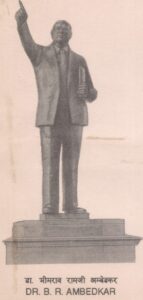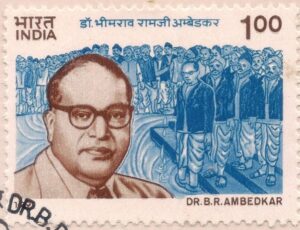Life of Baba Saheb Ambedkar told through philatelic material
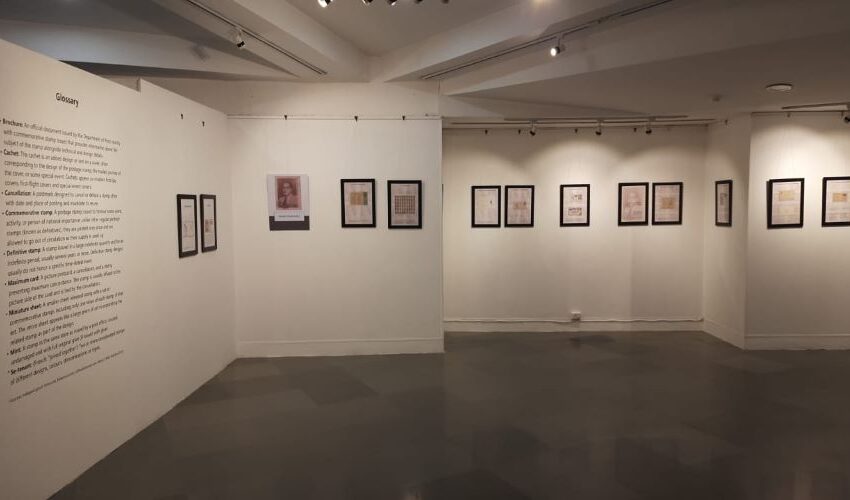
Team L&M
A unique archive on the philatelic afterlife of the architect of the Indian constitution BR Ambedkar, Baba Saheb: An Extraordinary Philatelic Journey (1966-2022), showcases his journey from being the first Dalit personality to be honoured with a commemorative postage stamp to the time he became a key philatelic icon in the country.
On display are postage stamps, postal information brochures, first day covers, postal calendars, inland letter cards and other postal materials which throw fresh light on the shifting evolution of the official and popular imaginations of Ambedkar.
The show is divided into three parts:
The first part has material from the period between 1966 and 1991. A commemorative stamp on Ambedkar was issued in 1966, while he was posthumously conferred with the Bharat Ratna in 1991. The material of this period portray him as a standalone icon.
Ambedkar FDC, 1991
The second part has material from the period between 1992 and 2010. This was the period which marks Ambedkar’s entry into the philatelic pantheon hitherto restricted to Gandhi and Nehru.
Definitive Ambedkar 2 Rupees, 2003
The third part is the period between 2012 and 22 – this is the time when postage stamps and special covers celebrate Ambedkar as a pan Indian leader.
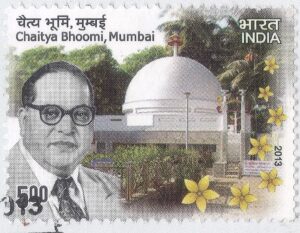
Chaitya Bhoomi Stamp, 2013 (L) and Ambedkar and Constitution of India Stamp, 2015
Life & More speaks to the show curator Vikas Kumar, a professor at Azim Premji University, who began collecting stamps and other material in 1984:
When did you decide to hold this exhibition? What’s the idea behind having it?
The idea behind this exhibition emerged when I was experimenting with the use of stamps to introduce students to economic history and five-year plans. The response of students suggested that use of newer media such as philately not only introduced them to novel archives, but also nudged them to revisit questions that they had explored using conventional academic material. An initial version of this exhibition was planned for 14 April 2020, but could not be held due to the pandemic. We finally managed to hold the exhibition at the university on 14 April 2022. The exhibition aims to introduce the audience to Ambedkar and his message of social justice from the perspective of a novel archive.
Ambedkar FDC, 1991
Why only Ambedkar, not any other leader. Or are shows on others leaders too underway?
Philatelic material on founding fathers such as Gandhi and Nehru has received sustained and extensive attention over the years. However, the exhibition on view at IIC is perhaps the first exclusive philatelic exhibition on Ambedkar that puts together a comprehensive philatelic archive on him.
I am also working on philatelic material on other national leaders such as Lal Bahadur Shastri who have so far not received adequate attention.
Ambedkar Stamp, 1991
Don’t you think Ambedkar’s name is much misused by all political parties?
It is true that the names of most of our founding fathers, including Gandhi, Patel, Nehru and Ambedkar, have been misused by vested interests. That is the reason why we need to introduce the youth to these leaders. I hope this exhibition has managed to make a small contribution in that direction.
What message do you want to send out through this show?
I hope the exhibition will be able to highlight two key messages of Ambedkar: “We must make our political democracy a social democracy as well” (from the cachet of the first day cover of the 1973 commemorative stamp on Ambedkar) and “Fraternity is another name for democracy” (from the inland letter card issued from 1993). I also hope that by curating hitherto underexplored archival material the exhibition will help open newer avenues of research not just on Ambedkar but also on the post-colonial state in India.
The show is on view till June 21, at Art Gallery, Kamala Devi Complex, India International Centre, New Delhi


